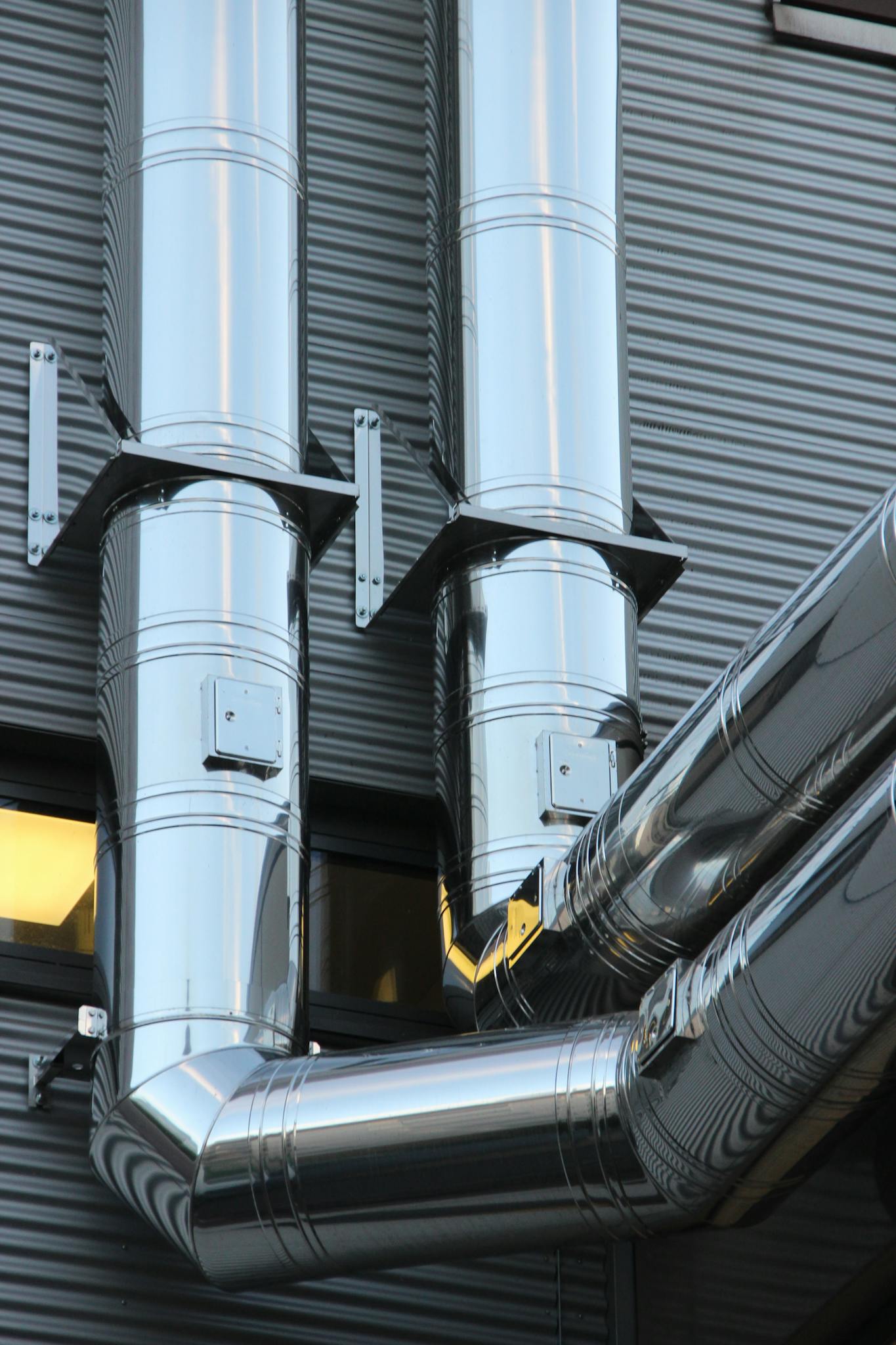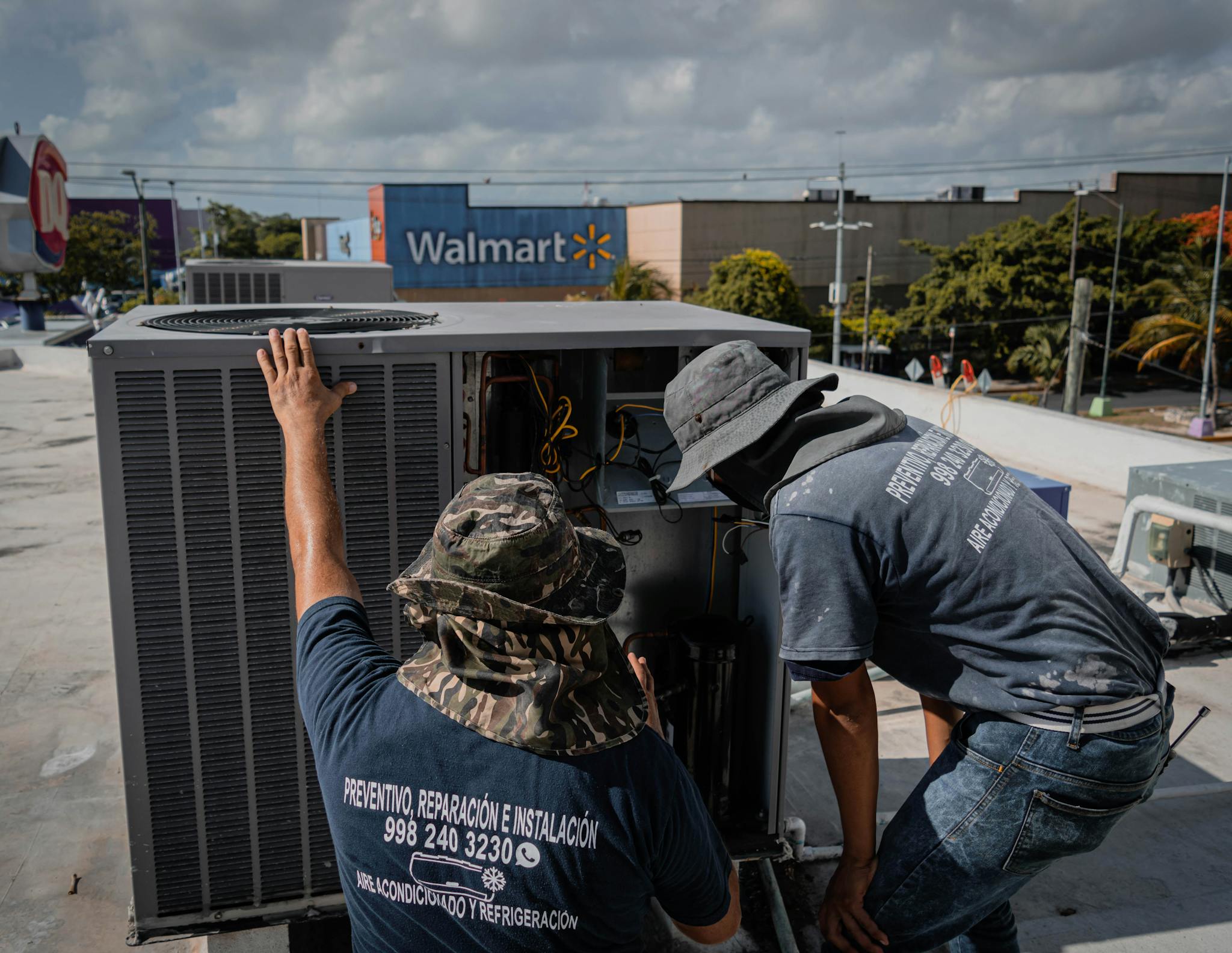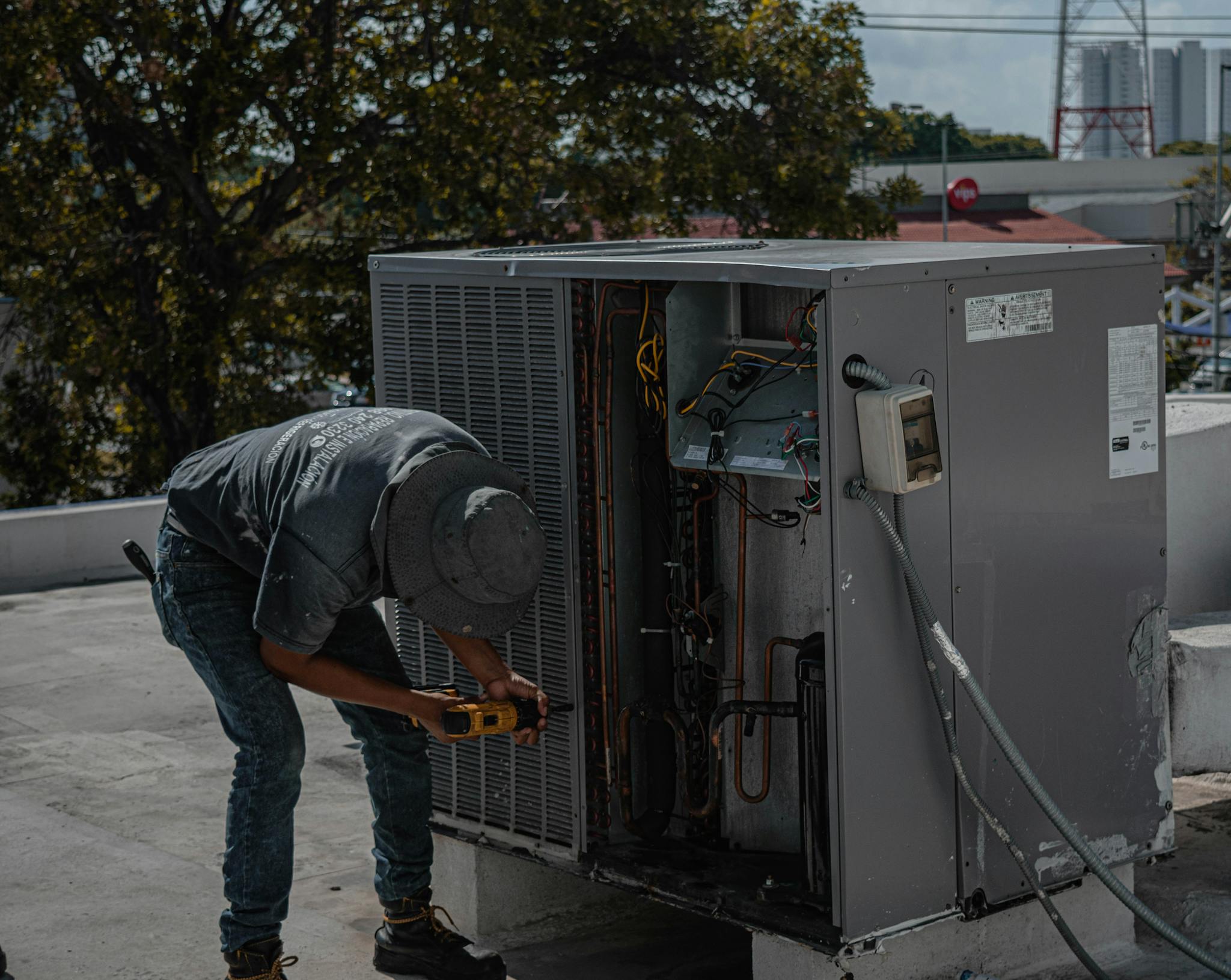Business
The only Google Business Profile Features That directly Make Your Listing Rank Higher
The only Google Business Profile Features That directly Make Your Listing Rank Higher
After working with small business owners for years, I figured out which Google Business Profile features directly help your listing rank higher on Google Maps, and today I’m going to share them with you. Lucky you! But first, why should you listen to me? Over the last 10 years, my YouTube channel has helped thousands of small business owners claim the top spot on Google Maps using the features I’m about to show you. These features have evolved over time, and this is the most up-to-date list. So let’s not waste any more time and start with the first.
Business Categories
Choosing the right business categories is essential if you want your listing to rank high on Google Maps, especially your primary category. Get it right, and you’ll soar up the rankings; get it wrong, and you’ll be virtually invisible. The key to selecting the best primary category is to search for the most important keyword you want to be found for on Google Maps. Check out the top-ranking businesses and see what primary category they’re using—that’s the one you want to use for your business. You can also add up to nine secondary categories to help your listing appear for relevant keywords. If you’re unsure about which ones to add, download the GMB Everywhere extension and search Google Maps again for your main keyword. GMB Everywhere will show you the secondary categories chosen by top-ranking businesses. Add these to your listing, too, if you feel they are relevant.
Business Name
Google uses your profile name to rank your listing on Google Maps. If your business name includes the keyword you want to rank for, you’ll score high rankings for those keywords. If not, you’ll fall behind businesses that do. Unfortunately, you can’t just change your business name randomly; it has to match how you reference and present your business in real life to fit Google’s guidelines. To take advantage of this, change your business name so it includes the keywords you’re trying to rank for. You can easily do this by filing for a DBA . There’s a small cost attached to this, but it’s well worth it.
Reviews
Google uses reviews as a ranking factor—the number of reviews you have, the ratings, how often you get them, and how recent they are all matter. So, make sure to ask every satisfied customer to post a review on your profile. This will help your listing climb the rankings and build a solid reputation for your business. Finally, don’t forget to respond to customers who post reviews, good or bad. While it won’t help with rankings, it will help convert prospective clients who are reading them.
Website Link
Google also considers where you link your listing to when ranking it on maps. To make the most of this, ensure your listing links to a strong page on your website that highlights your main service and location and matches your primary category. If you’re a business with a single location, link to your homepage, as it’s likely to be the strongest page on your site. For businesses with multiple locations, create dedicated pages for each location and link each specific profile to those pages. Avoid linking to a Facebook page or other social media networks, as this won’t give you a ranking boost. If you don’t have a website, I strongly recommend you invest in one—otherwise, you’ll be missing out on tons of customers.
Services
Adding the services you offer to your listing helps it rank for those services and related keywords. You can add the services Google suggests based on your business categories or add your own custom ones. Both types will boost your rankings. Just make sure not to add services you don’t actually provide—you don’t want to mislead potential customers.
Opening Hours
Your opening hours matter. When your business is closed, it will rank lower on Google Maps, but it will bounce back to higher rankings when open. To avoid missing out on topping Google Maps results while your business is closed, consider setting up a 24-hour answering service. However, don’t claim to be open 24 hours if you can’t support it—it could backfire and result in negative Google reviews if prospective customers try to get in touch only to find out you are closed.
Identity Attributes
You can add special tags called identity attributes to your listing. These tags are useful because they help you connect with the right audience and boost your rankings and visibility on Google search results when people look for businesses with specific ownership characteristics, like Asian-owned or women-owned. If these attributes apply to your business, you should definitely add them.
These are the only features within your Google Business Profile that will directly impact your listing’s rankings when you change or add them. Don’t let anyone tell you otherwise. If you think I’m wrong, let me know in the comments below and tell me if I’ve forgotten any. Does this mean that other features don’t matter? Not at all! You should still take care of every part of your Google Business Profile, as they will all help with your rankings and turn visitors into customers. The features I’ve just gone through are the ones that will have a direct impact on your rankings, while the others will only help indirectly. To get the most out of all your Google Business Profile features, check out our website: https://hvacbrief.com

Breaking News
Radiant Heating Revolutionizes Commercial Comfort
Groundbreaking radiant heating systems transform commercial comfort with efficiency and eco-friendliness—learn how they can elevate your business environment.

Radiant heating systems are revolutionizing commercial comfort by delivering efficient, cost-effective, and environmentally friendly solutions. With advancements in materials and technology, these systems are now widely adopted in various commercial settings, from offices and retail spaces to hospitals and educational institutions. They offer consistent heat distribution, improved air quality, and energy conservation, making them an ideal choice for businesses. Additionally, snowmelt systems enhance safety by mitigating winter hazards. Despite the significant upfront investment, the long-term savings and potential financial incentives make radiant heating a compelling option for modern commercial facilities. Discover how this technology can further elevate your commercial environment.
Key Takeaways
- Expansion into commercial sectors enhances energy efficiency and environmental benefits.
- Simplified installation suits commercial properties focused on performance and cost-effectiveness.
- Suitable for diverse applications, including offices, retail spaces, healthcare, and educational institutions.
- Snowmelt systems improve safety and reduce manual snow removal efforts in winter.
- Long-term energy savings and improved indoor air quality justify the upfront investment.
Growing Interest and Adoption
In recent years, the interest and adoption of radiant heating systems have expanded markedly beyond residential use into the commercial sector.
This surge is driven by advancements in materials and technology, which have remarkably improved efficiency and cost-effectiveness. Businesses seeking energy-efficient solutions are increasingly aware of the environmental benefits, leading to broader acceptance of radiant heating.
The technology’s evolution has simplified installation, making it more appealing to commercial property owners who prioritize both performance and sustainability.
The growing trend reflects a collective move towards smarter, more efficient HVAC systems, aligning with the broader desire for freedom from traditional, less efficient heating methods.
This shift underscores the commercial sector’s commitment to energy conservation and operational efficiency.
Applications and Versatility
Radiant heating’s expanding role in commercial environments underscores its impressive versatility and applicability across various industries. From offices and retail spaces to healthcare facilities and educational institutions, radiant heating systems offer tailored solutions for diverse settings.
Their success in large, open spaces with consistent load profiles enhances overall comfort and productivity. Hospitals benefit from sterile, evenly heated environments, essential for areas like ambulance entrances. Retail establishments enjoy improved customer experiences through even heat distribution and energy savings.
Furthermore, radiant heating’s compatibility with existing HVAC systems and adaptability to various construction materials make it an attractive option for both new builds and retrofits. This versatility empowers businesses to create comfortable, energy-efficient spaces that align with their operational needs and sustainability goals.
Benefits and Snowmelt Systems
Superior comfort and energy efficiency stand out as key benefits of radiant heating systems in commercial settings. Radiant heating delivers consistent heat distribution, enhancing indoor air quality by minimizing dust and allergens. This system operates quietly and requires lower temperature settings, further conserving energy and reducing operational costs. Snowmelt systems provide additional advantages, including the mitigation of winter hazards and minimizing the need for manual snow removal, promoting safety and convenience.
| Benefits | Snowmelt Systems |
|---|---|
| Consistent heat | Reduces ice hazards |
| Improved air quality | Minimizes snow removal |
| Lower operating costs | Enhances safety |
These benefits contribute to long-term savings and a safer, more comfortable environment, ideal for commercial spaces seeking efficiency and freedom from conventional heating limitations.
Challenges and Economic Considerations
Careful planning and strategic implementation are paramount when considering the installation of radiant heating systems in commercial settings. Logistical challenges like the meticulous layout of supply/return piping and ensuring accessibility of radiant manifolds require expert precision.
Accurate design is essential to prevent oversized pumps and incorrect loop lengths, which are critical, especially in high humidity environments. Despite the significant upfront investment, the long-term economic benefits, such as energy savings and potential property value increase, are substantial.
Financial incentives from energy efficiency programs can alleviate initial costs, presenting a compelling case for budget-conscious businesses. Consequently, while initial hurdles exist, the economic and operational advantages of radiant heating systems ultimately offer a liberating investment for commercial enterprises.
Conclusion
Radiant heating, likened to the silent dawn breaking over a previously dim horizon, signifies a paradigm shift in commercial HVAC solutions, driven by advancements in technology and a focus on sustainability. With its superior comfort, enhanced air quality, and substantial energy savings, this versatile system is increasingly adopted across various commercial sectors. Despite initial costs, the long-term economic and environmental benefits position radiant heating as an indispensable component of modern, sustainable building practices.
-

 Breaking News1 year ago
Breaking News1 year agoCentury Unveils New Distribution Hub in Houston
-

 Blogging1 year ago
Blogging1 year agoEffective Blog Promotion: Strategies to Increase Your Reach
-

 Blogging1 year ago
Blogging1 year agoThe Essentials of Blogging: Tips and Strategies for Success
-

 Training and Education11 months ago
Training and Education11 months agoNavigating New HVAC Regulations: Compliance and Education
-

 Blogging1 year ago
Blogging1 year agoNever Run Out of Ideas: Top Tips for Generating Fresh Blog Topics
-

 Blogging1 year ago
Blogging1 year agoBuilding a Loyal Blog Audience: Strategies for Engagement and Growth
-

 Blogging1 year ago
Blogging1 year agoMaximizing Your Blog’s Reach: SEO Tips for Bloggers
-

 Blogging1 year ago
Blogging1 year agoCrafting the Perfect Blog Structure: A Guide for Effective Blogging

